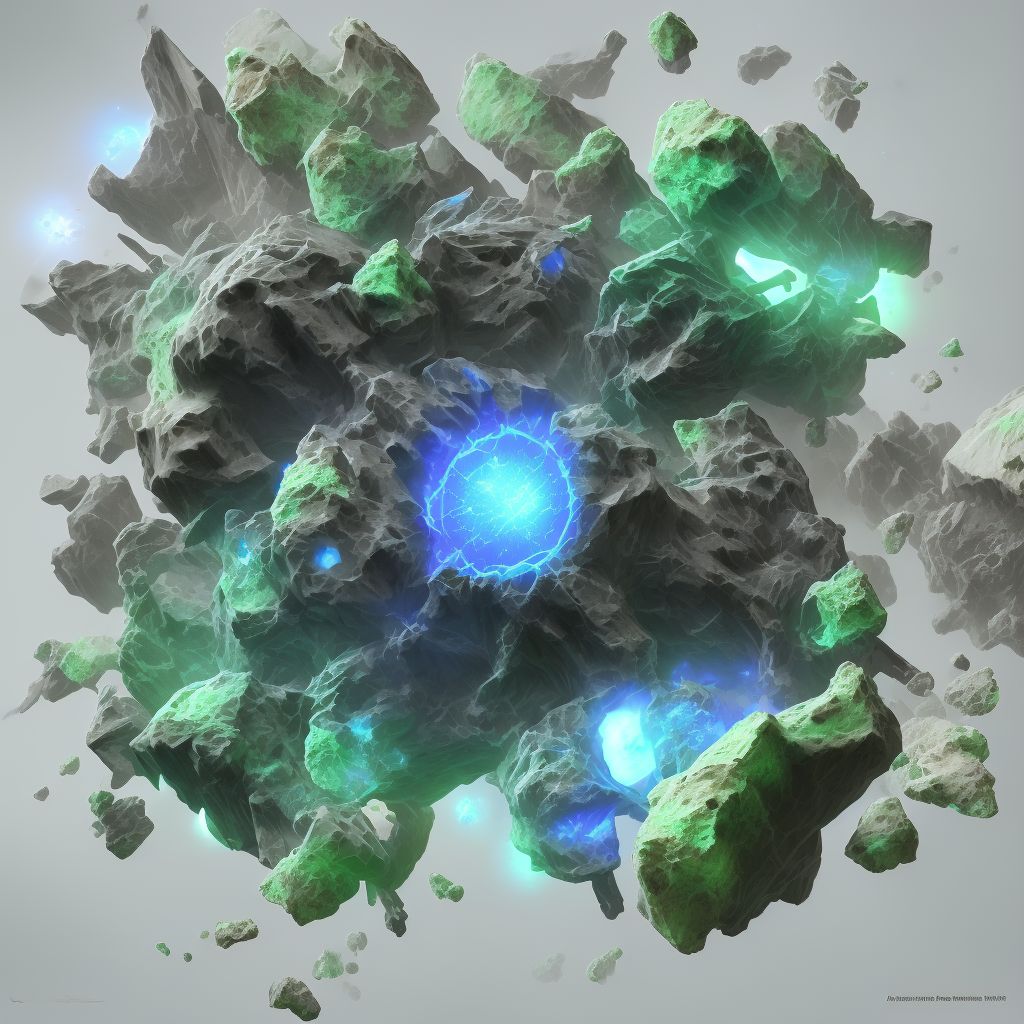
Nondisplaced transverse fracture of shaft of unspecified fibula, subsequent encounter for closed fracture with nonunion Save
ICD-10 code: S82.426K
Disease category: S82.426: Nondisplaced transverse fracture of shaft of unspecified fibula
Nondisplaced Transverse Fracture of Shaft of Unspecified Fibula: Understanding the Condition
A nondisplaced transverse fracture of the shaft of the unspecified fibula refers to a specific type of bone injury that occurs in the fibula, which is one of the two long bones located in the lower leg. The term "nondisplaced" indicates that the fractured bone fragments have remained in their original position, without any significant shifting or misalignment.
When someone experiences this type of fracture, subsequent encounters may occur for various reasons, such as follow-up appointments or further evaluations. One possible reason for a subsequent encounter is when a nonunion develops, meaning that the fractured bone has not healed properly and remains unhealed.
To better understand this condition, it is important to note that the fibula, along with the tibia, forms the lower leg's structure. While the tibia bears most of the body's weight, the fibula provides support and stability. A transverse fracture refers to a bone break that occurs horizontally across the shaft of the bone, resulting in a straight fracture line.
- Symptoms:
- Diagnosis:
- Treatment:
- Subsequent Encounters:
Common symptoms of a nondisplaced transverse fracture of the shaft of the unspecified fibula include pain, swelling, and difficulty in bearing weight on the affected leg. However, it is important to consult a healthcare professional for an accurate diagnosis and appropriate treatment.
Diagnosing this fracture typically involves a physical examination, medical history review, and imaging tests, such as X-rays or MRI scans. These diagnostic procedures help assess the extent and location of the fracture, enabling healthcare providers to determine the most suitable treatment.
(Note: This article does not cover treatment options.)
Subsequent encounters for a nondisplaced transverse fracture of the shaft of the unspecified fibula with nonunion involve ongoing monitoring and evaluation of the healing process. These encounters may include follow-up appointments, imaging tests, or discussions with healthcare providers to discuss the progress and potential treatment options.
In conclusion, a nondisplaced transverse fracture of the shaft of the unspecified fibula is a specific type of bone injury that affects the fibula in the lower leg. Subsequent encounters may occur for various reasons, including nonunion. If you suspect you have this condition, it is crucial to consult a healthcare professional for an accurate diagnosis and appropriate management.
Treatment of Nondisplaced transverse fracture of shaft of unspecified fibula, subsequent encounter for closed fracture with nonunion:
Treatment Options for Nondisplaced Transverse Fracture of Shaft of Unspecified Fibula, Subsequent Encounter for Closed Fracture with Nonunion
A nondisplaced transverse fracture of the shaft of the unspecified fibula can be a challenging condition that requires appropriate treatment to ensure proper healing and restore functionality. If you are dealing with this type of fracture, it...
To see full information about treatment please Sign up or Log in